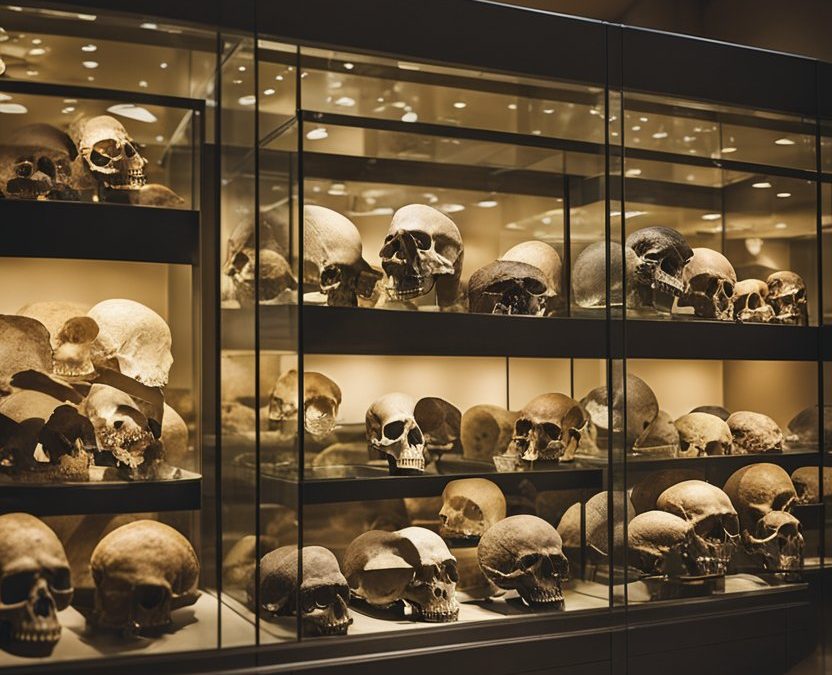As someone who has always been fascinated by the natural world, I’ve always enjoyed visiting Natural History Museums in Waco. Luckily, Waco has a few great options for those who share my love of learning about the world around us. These museums offer a unique combination of education and entertainment, making them great destinations for visitors of all ages.
One of the most popular natural history museums in Waco is the Mayborn Museum Complex, situated on the Baylor University campus. This 143,000-square-foot museum is home to numerous exhibits that celebrate the natural science and cultural history of Central Texas. Visitors can explore hands-on activities and interactive exhibits, making it a great destination for families with children.
Another great option for natural history enthusiasts is the Strecker Museum Complex, located on the McLennan Community College campus. This museum offers a variety of exhibits covering geology to paleontology, making it a fantastic destination for those interested in Earth’s history. With free admission, it’s also a great budget-friendly option for visitors to Waco.
Exploring the Mayborn Museum Complex: Natural History Museums in Waco
Walking into the Mayborn Museum Complex on Baylor University’s beautiful campus, I was struck by the stunning architecture of the 143,000-square-foot building. The museum celebrates the natural science and cultural history of Central Texas, making it an excellent destination for learning about the region.
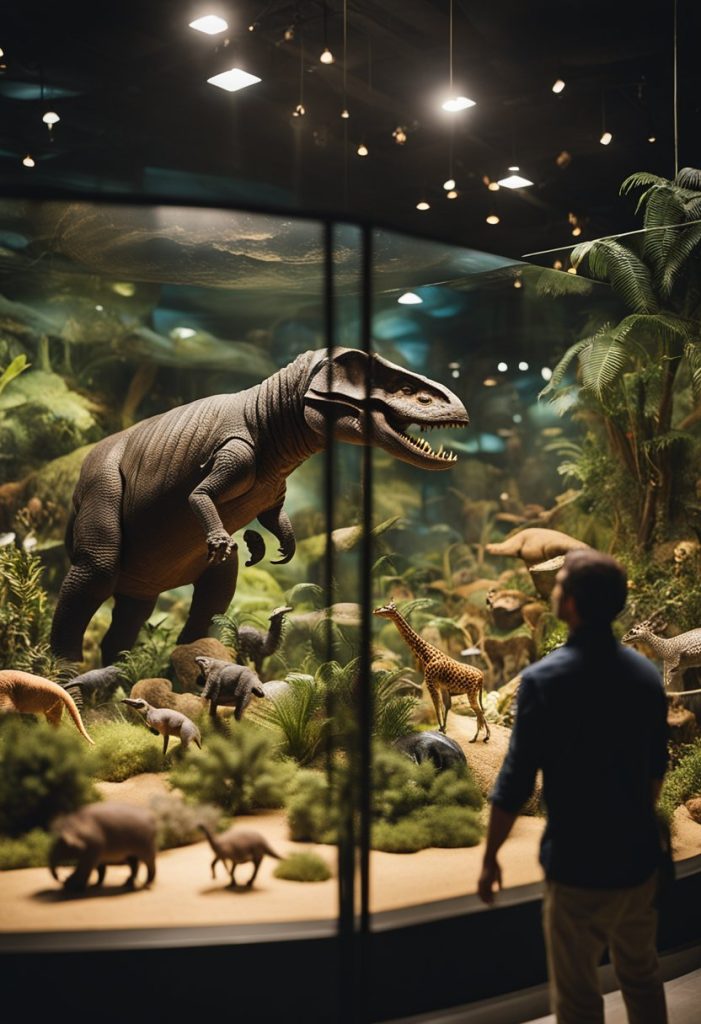
Exhibits and Attractions
The Mayborn Museum Complex offers a variety of exhibits and attractions for all ages. One highlight is the Hall of Natural History, featuring dioramas of Texas landscapes like a Limestone Cave, a Texas Forest, and the Waco Mammoth Site Exhibit. Additionally, it includes a life-size model of an ancient sea turtle (Protostega gigas) found near Gholson, Texas, less than 20 miles from Waco.
For those interested in cultural history, the museum’s Strecker’s Cabinet of Curiosities is a must-visit. Inspired by 19th-century natural history museums, the exhibit features fascinating artifacts from around the world. Visitors can also explore the Governor Bill and Vara Daniel Historic Village, showcasing 19th-century life in Central Texas.
The Governor Bill and Vara Daniel Historic Village
The Governor Bill and Vara Daniel Historic Village offers a glimpse into 19th-century life in Central Texas. The village features several historic buildings, including a log cabin, a blacksmith shop, and a one-room schoolhouse. Visitors can explore the buildings and learn about the daily life of early settlers in the region.
In addition to the historic buildings, the village features hands-on learning opportunities, including discovery rooms and exploration stations. These activities engage visitors of all ages, providing a fun and interactive way to learn about the region’s history.
Overall, the Mayborn Museum Complex is an excellent destination for anyone interested in natural history and cultural history. With its stunning architecture, fascinating exhibits, and hands-on learning opportunities, it’s a must-visit for anyone visiting Waco.
The Waco Mammoth National Monument: Natural History Museums in Waco
As a natural history museum enthusiast, I highly recommend a visit to the Waco Mammoth National Monument. This paleontological site and museum located in Waco, Texas, is home to the largest known concentration of mammoths dying from a (possibly) reoccurring event.
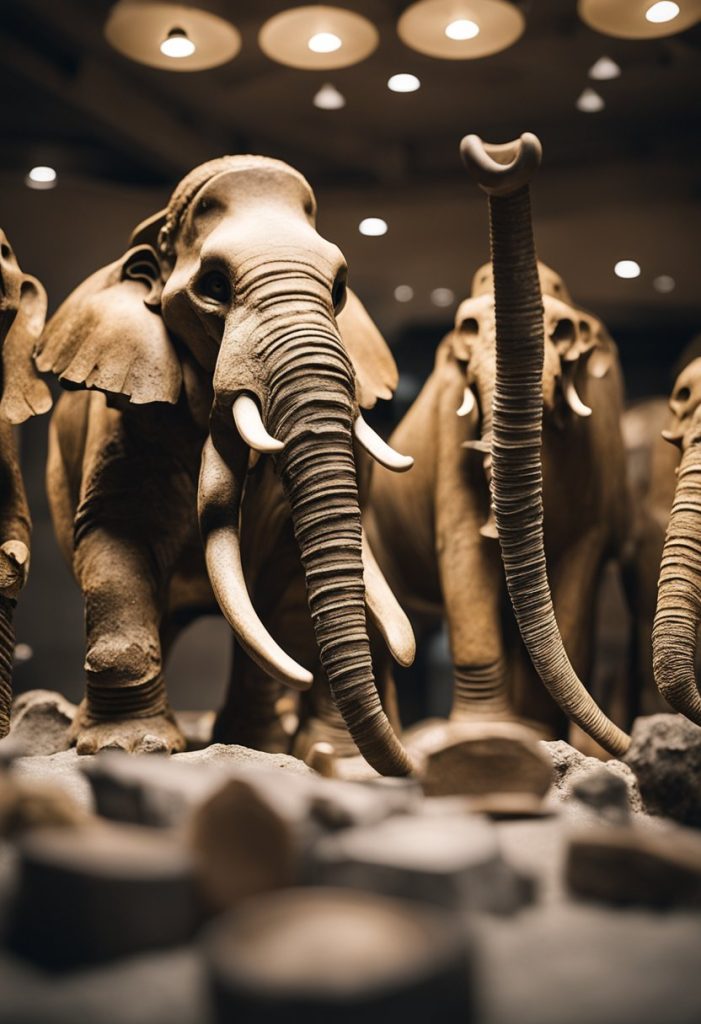
Paleontological Significance
The Waco Mammoth Site was discovered in 1978 by two men who were searching for arrowheads along the Bosque River. The site was later excavated and found to contain the remains of 24 Columbian mammoths, which were believed to be part of a nursery herd. The site also contains the remains of other mammals from the Pleistocene Epoch.
The paleontological significance of the Waco Mammoth National Monument cannot be overstated. The site has been the subject of numerous scientific studies and has provided valuable insights into the behavior and ecology of these ancient creatures. Visitors can learn about the history of the site and the science behind the excavations through on-site field trips and virtual tours of the dig shelter.
Visitor Experience
The Waco Mammoth National Monument offers a unique visitor experience that is both educational and entertaining. Visitors can take a guided tour of the dig site and see the mammoth bones and fossils up close. The site also features a museum with exhibits that showcase the history and science behind the excavations.
The monument is located on the banks of the Bosque River, which provides a beautiful backdrop for the site. Visitors can enjoy a picnic lunch or take a stroll along the river after their tour. The site is also conveniently located near other attractions in Waco, making it a great addition to any Texas vacation itinerary.
The Waco Mammoth National Monument offers a must-visit experience for anyone interested in paleontology or natural history museums. The site’s paleontological significance, combined with its unique visitor experience, makes it a truly unforgettable destination.
Cultural and Natural Science Treasures: Natural History Museums in Waco
Strecker Museum Collections
Exploring the natural history museums in Waco, the Strecker Museum Collections amazed me. This museum is home to a vast collection of cultural history and natural science specimens. The museum features a wide range of exhibits, including artifacts, geology, archaeology, minerals, shells, and petrifactions. The Strecker Museum Collections also have several exhibits that showcase the cultural history of Waco and the surrounding areas.
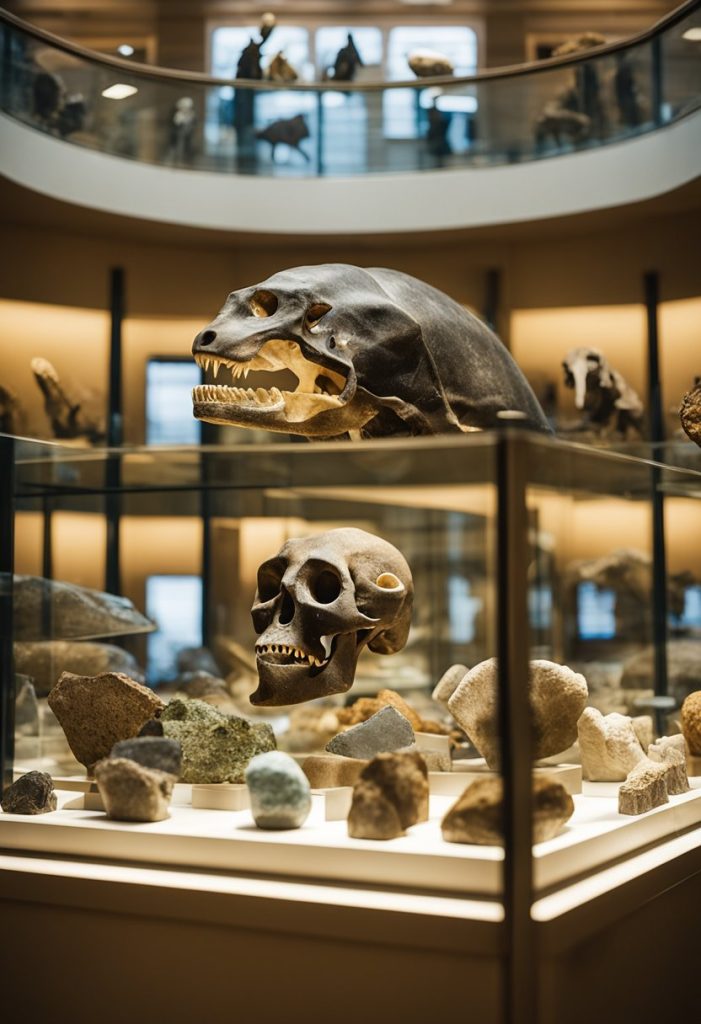
One of the most impressive exhibits at the Strecker Museum Collections is the collection of fossils and minerals. The museum has an extensive collection of fossils that includes a variety of marine and land animals. Additionally, the mineral collection includes specimens from all over the world, including rare crystals and gemstones. Moreover, these exhibits provide a fascinating glimpse into the Earth’s geological history. Furthermore, visitors can appreciate the diversity and beauty of these natural treasures.
Natural Science Exhibitions
The natural science exhibitions at the museums in Waco are truly impressive.The exhibits showcasing the natural history of Central Texas fascinated me. The exhibits feature dioramas that depict the varying landscapes in Texas, including a limestone cave, a Texas forest, and the Waco Mammoth Site Exhibit. The mammoth exhibit is particularly interesting, as it showcases the remains of mammoths that roamed the area over 65,000 years ago.
The natural science exhibitions also feature a range of interactive displays that are perfect for visitors of all ages. The displays allow visitors to learn about the natural history of the area in a fun and engaging way. The natural science exhibitions at the museums in Waco offer a must-see experience for anyone interested in the natural history of Texas.
Planning Your Visit: Natural History Museums in Waco
If you’re planning to visit natural history museums in Waco, you’re in for a treat. Here are some tips to help you make the most of your visit.
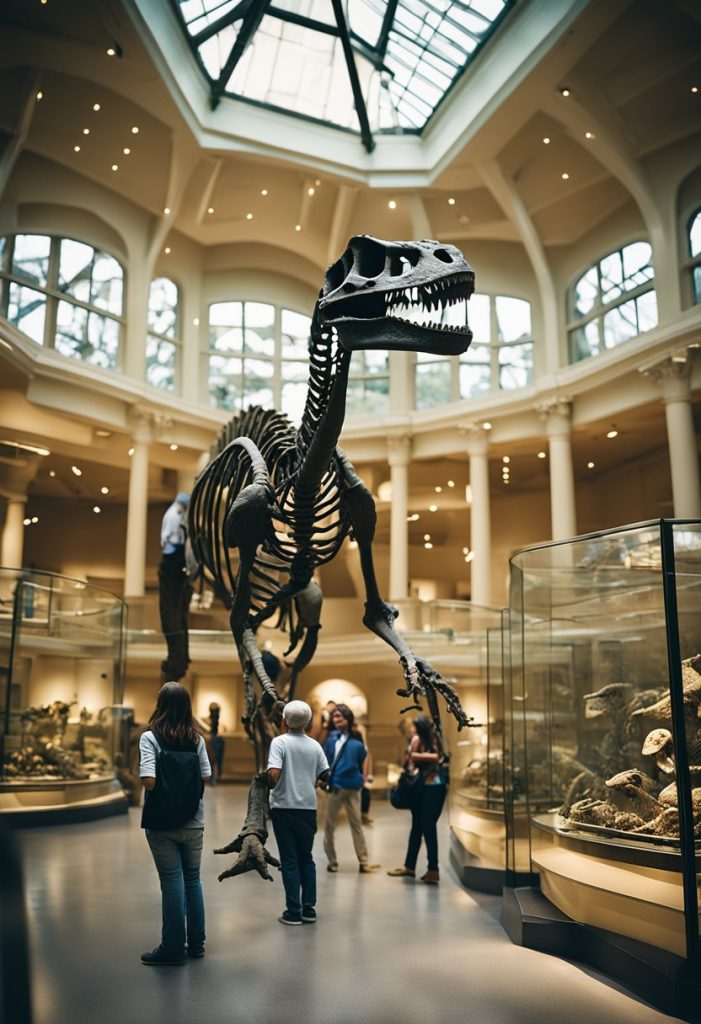
Hours and Admission
The opening hours and admission fees vary for each museum, so it’s best to check their websites for up-to-date information. Some museums, like the Mayborn Museum Complex, have discounted admission rates for children, seniors, and military personnel. If you plan on visiting multiple museums, consider purchasing a Waco Cultural Pass, which grants you access to six museums for one low price.
Community Engagement and Events
Natural history museums in Waco often host community events and educational programs throughout the year. These events not only provide a great way to learn more about the exhibits but also offer opportunities to engage with other visitors. Furthermore, checking the museum’s website or social media pages for upcoming events ensures you won’t miss out on any exciting activities. Additionally, these platforms often provide detailed information about the events, making it easier to plan your visit.
The museums are also great places to host birthday parties, field trips, and other special events. Some museums, like the Cameron Park Zoo, even offer overnight camping experiences where you can sleep under the stars and learn about nocturnal animals.
Location
Most of the natural history museums in Waco are conveniently located near University Parks Dr, making it easy to plan a day trip to visit multiple museums. Additionally, if you’re visiting from out of town, there are plenty of hotels and restaurants in the area to make your stay comfortable. Moreover, the proximity of these amenities ensures that you can enjoy a seamless and enjoyable visit.
In conclusion, planning your visit to natural history museums in Waco is easy and fun. With so much to see and do, you’re sure to leave with a greater appreciation for the natural world.

